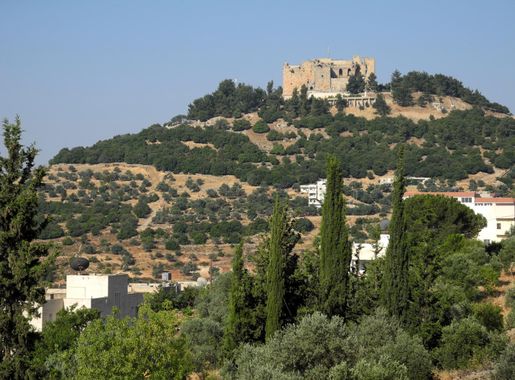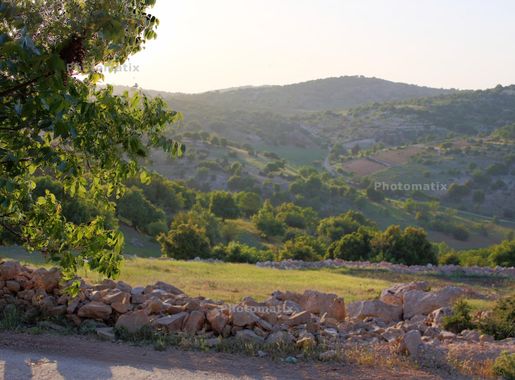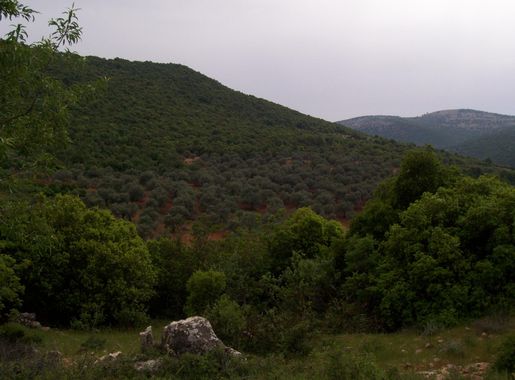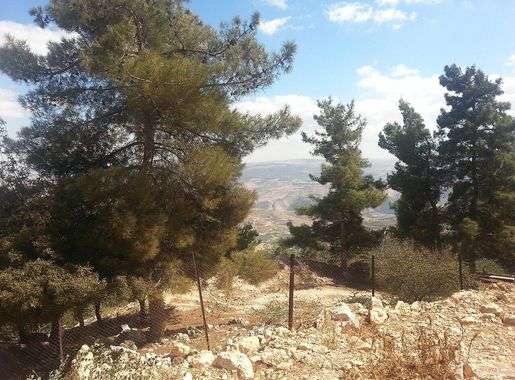
Ajloun Forest Reserve: A Hidden Gem in Jordan's Wilderness
Explore the lush landscapes and rich biodiversity of Ajloun Forest Reserve, a serene sanctuary in northern Jordan perfect for nature enthusiasts and history buffs.
Nestled in the north of Jordan, the Ajloun Forest Reserve offers a lush, green escape from the arid landscapes that often define the region. This 13-square-kilometer reserve is a haven for nature lovers and adventure seekers alike. The reserve is home to a diverse range of flora and fauna, including oak, pine, and pistachio trees, as well as a variety of birds and mammals. The area is particularly stunning in spring when wildflowers blanket the ground in a riot of colors. Hiking trails wind through the reserve, offering breathtaking views of the surrounding countryside. The Soap House and Biscuit House are unique attractions where visitors can learn about traditional local crafts and purchase handmade products. For those interested in history, the nearby Ajloun Castle provides a fascinating glimpse into the past, with its strategic location offering panoramic views of the Jordan Valley. The reserve is also a great place for a family outing. With designated picnic areas and guided tours, it provides an educational yet relaxing experience for visitors of all ages. Whether you're looking to explore Jordan's natural beauty or delve into its rich cultural heritage, Ajloun Forest Reserve offers something for everyone.
Local tips in Ajloun Forest Reserve
- Visit during spring for the best weather and to see wildflowers in bloom.
- Wear comfortable hiking shoes as the trails can be uneven.
- Don't miss the Soap and Biscuit Houses to learn about local crafts.
- Bring a picnic to enjoy in the designated picnic areas.
- Combine your visit with a trip to Ajloun Castle for a full day of exploration.
Ajloun Forest Reserve: A Hidden Gem in Jordan's Wilderness
Nestled in the north of Jordan, the Ajloun Forest Reserve offers a lush, green escape from the arid landscapes that often define the region. This 13-square-kilometer reserve is a haven for nature lovers and adventure seekers alike. The reserve is home to a diverse range of flora and fauna, including oak, pine, and pistachio trees, as well as a variety of birds and mammals. The area is particularly stunning in spring when wildflowers blanket the ground in a riot of colors. Hiking trails wind through the reserve, offering breathtaking views of the surrounding countryside. The Soap House and Biscuit House are unique attractions where visitors can learn about traditional local crafts and purchase handmade products. For those interested in history, the nearby Ajloun Castle provides a fascinating glimpse into the past, with its strategic location offering panoramic views of the Jordan Valley. The reserve is also a great place for a family outing. With designated picnic areas and guided tours, it provides an educational yet relaxing experience for visitors of all ages. Whether you're looking to explore Jordan's natural beauty or delve into its rich cultural heritage, Ajloun Forest Reserve offers something for everyone.
When is the best time to go to Ajloun Forest Reserve?
Iconic landmarks you can’t miss
Petra
Explore Petra, the ancient Rose City, where history, stunning rock-cut architecture, and breathtaking landscapes await every traveler.
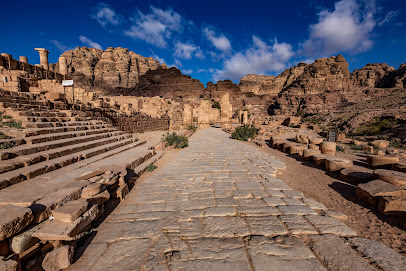
Amman Citadel
Uncover the rich history of Jordan at Amman Citadel, a stunning archaeological site showcasing ancient ruins and breathtaking views.
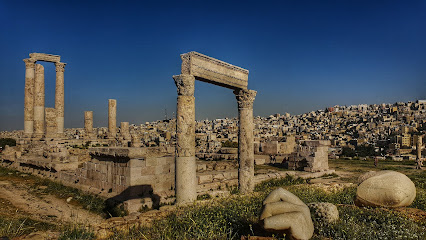
Wadi Rum Protected Area
Explore the stunning beauty and rich culture of Wadi Rum Protected Area in Jordan, a UNESCO World Heritage site perfect for adventure and relaxation.
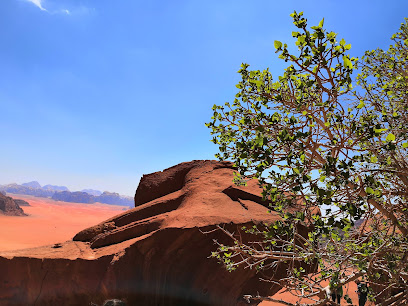
Ajloun Castle
Discover the historical splendor of Ajloun Castle, a magnificent fortress offering breathtaking views and a journey through Jordan's rich past.

محمية غابات عجلون
Explore the stunning Ajloun Forest Reserve, a national park in Jordan rich in biodiversity, hiking trails, and breathtaking natural scenery.
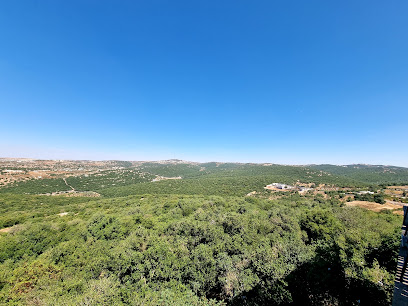
Yarmouk Nature Reserve
Explore the serene beauty of Yarmouk Nature Reserve, a national park in Jordan teeming with wildlife, picturesque trails, and stunning landscapes.

Wadi Mujib
Explore the stunning Wadi Mujib National Reserve in Jordan, where adventure meets breathtaking natural beauty and rich biodiversity.
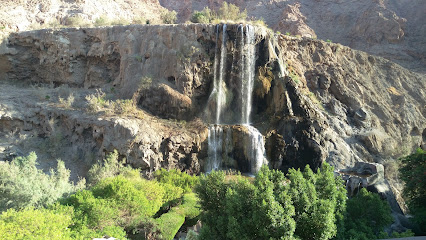
Azraq Wetlands Reserve
Explore the breathtaking Azraq Wetlands Reserve, a national park teeming with diverse wildlife and stunning landscapes in the heart of Jordan.
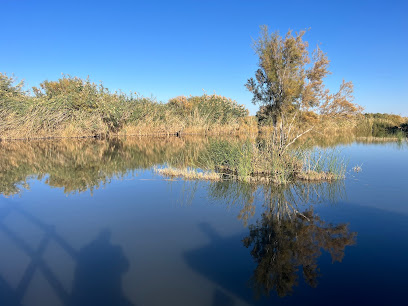
AlMa'wa for Nature and Wildlife
Experience the tranquility and beauty of AlMa'wa for Nature and Wildlife, a sanctuary for conservation and a haven for outdoor enthusiasts in Jerash, Jordan.
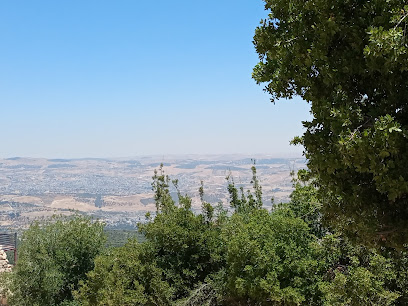
اكواخ عجلون Ajloun Huts
Discover the enchanting Ajloun Huts, a luxurious resort surrounded by nature, offering relaxation, adventure, and exquisite local cuisine in Jordan.
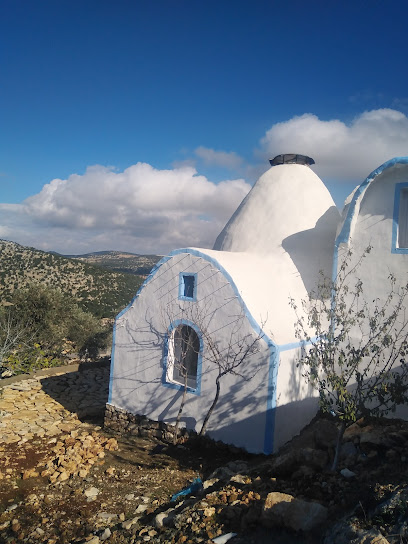
مطعم الاكاديمية الملكية لحماية الطبيعة
Experience the perfect blend of exquisite cuisine and breathtaking natural beauty at the Royal Academy Restaurant in Ajloun.
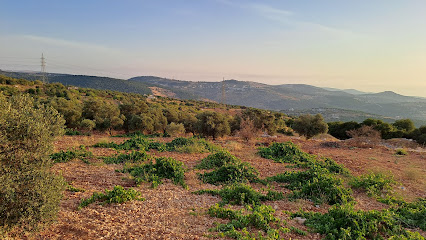
Temple of Artemis
Discover the captivating ruins of the Temple of Artemis in Jerash, Jordan, a remarkable historical site showcasing ancient Roman architecture and rich cultural heritage.
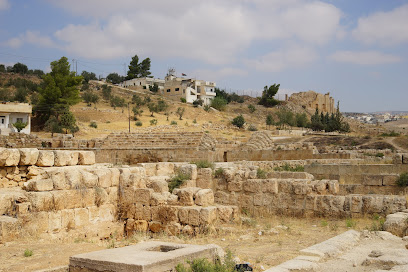
Dibbeen Forest Reserve
Discover the serene beauty of Dibbeen Forest Reserve, a national treasure near Jerash, perfect for nature lovers and adventure seekers.
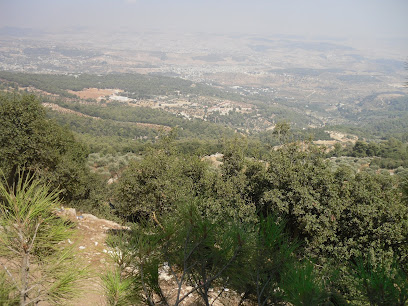
King Talal Dam
Explore the serene beauty of King Talal Dam, a stunning reservoir in Jordan, perfect for nature lovers and photography enthusiasts.
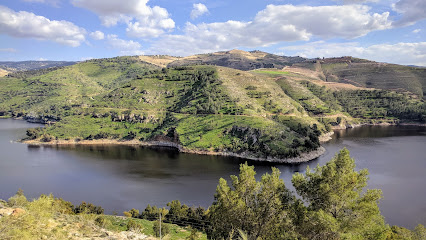
اكواخ عجلون الريفية Ajloun Rural Cottages
Discover the serenity of nature at Ajloun Rural Cottages, an eco-friendly retreat nestled in the heart of Jordan's lush countryside.
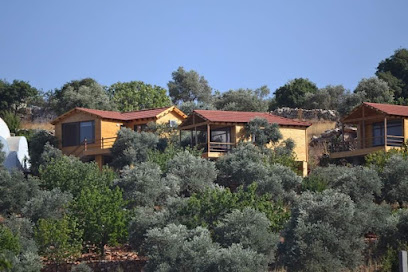
Unmissable attractions to see
The Forest Park
Explore the lush landscapes and peaceful ambiance of The Forest Park, a serene escape in the heart of Amman, Jordan.
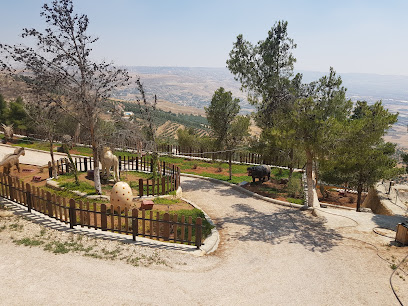
Trax Jo
Explore Trax Jo in Amman for a thrilling mix of sports, leisure, and great coffee, perfect for tourists and locals alike.
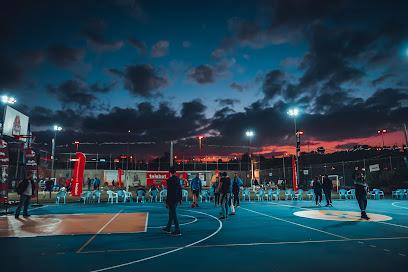
اكواخ ومطعم Noor Resort
Discover tranquility at Noor Resort Campground in Ajloun, Jordan - a perfect blend of nature, comfort, and authentic local experiences.
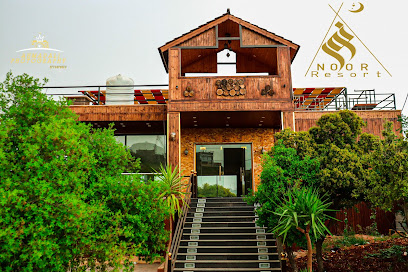
Wadi AlShallala
Discover the serene beauty of Wadi AlShallala, a hidden valley in Jordan perfect for hiking, relaxation, and immersing in nature's tranquility.
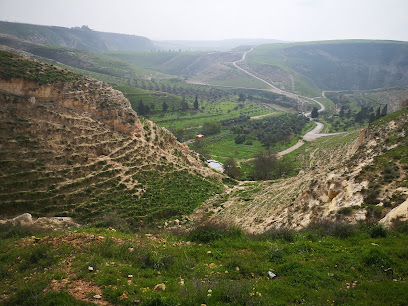
Jordan Craft Center
Explore the Jordan Craft Center in Amman for an authentic experience of local handicrafts, cultural workshops, and unique souvenirs.
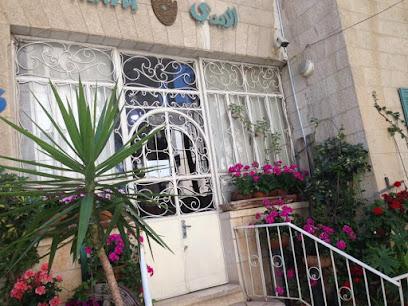
سد الملك طلال
Explore King Talal Dam: A captivating blend of natural beauty and engineering marvel in Jerash, Jordan.
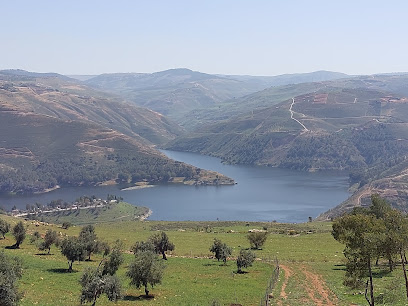
Aremeiman Tourist Falls
Experience the tranquility and beauty of Aremeiman Tourist Falls in As-Salt, Jordan, a stunning natural attraction for all nature lovers.
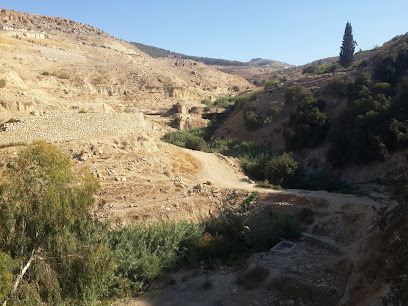
Dar Al-Anda Art Gallery
Discover the vibrant artistic expressions at Dar Al-Anda Art Gallery in Amman, where creativity and culture come alive through stunning artworks and unique gifts.
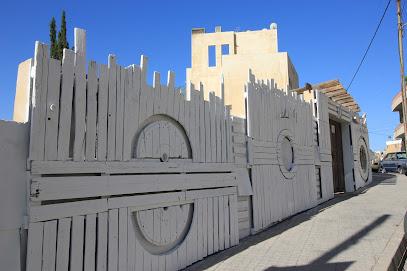
Um Al Namel Viewpoint مطل أم النمل
Discover breathtaking vistas at Um Al Namel Viewpoint, a serene retreat nestled in the heart of Jordan's stunning landscapes.
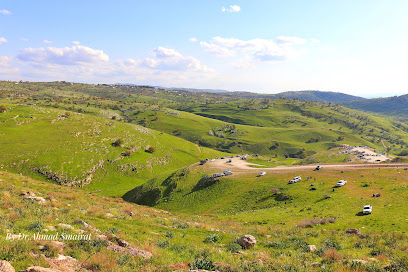
Parliamentary Life Museum
Explore Jordan's political history at the Parliamentary Life Museum, a captivating journey through the nation's legislative evolution and governance.
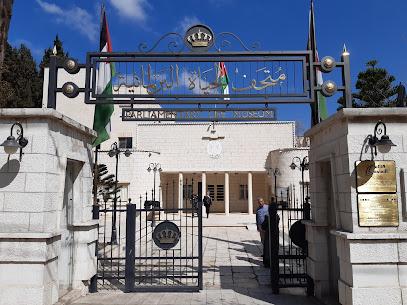
thedollzter's King Talal Dam Viewpoint
Experience breathtaking landscapes at King Talal Dam Viewpoint, a serene escape in Jordan's natural beauty, perfect for nature lovers and photographers alike.
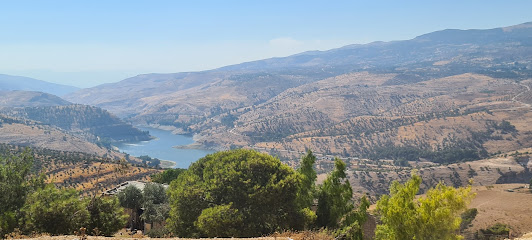
مطل سد الملك طلال King Talal Dam View Point
Discover the stunning vistas of the King Talal Dam View Point in Jordan, a breathtaking tourist attraction perfect for photography and relaxation.

Zarqa River View point
Experience the serene beauty and rich history at Zarqa River Viewpoint in Jerash, a perfect spot for nature lovers and photographers alike.
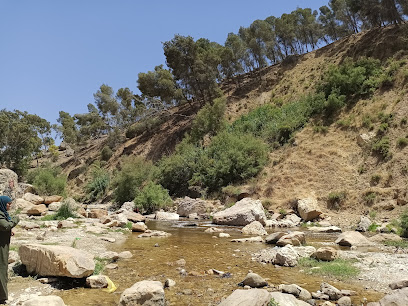
الكورة - الطنطور
Explore الكورة - الطنطورة, a breathtaking destination in Jordan blending stunning landscapes with rich cultural heritage for a memorable experience.
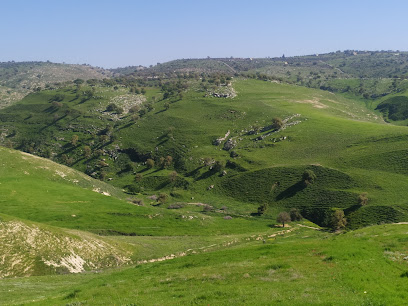
غابة اشتفينا
Discover the stunning Ajloun Forest Reserve, a haven of rich biodiversity and scenic trails in the heart of Jordan's natural beauty.
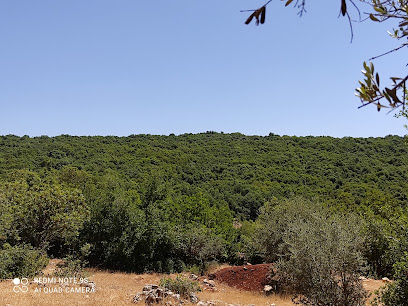
Essential places to dine
YaHala Jerash Restaurant and Park
Discover authentic Jordanian flavors at YaHala Jerash Restaurant & Park - where culinary tradition meets serene outdoor beauty.
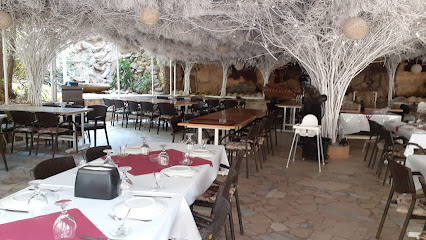
Siwar Al-Yasameen Restaurant مطعم سوار الياسمين
Discover the authentic taste of Jordan at Siwar Al-Yasameen Restaurant - where culinary tradition meets breathtaking views.
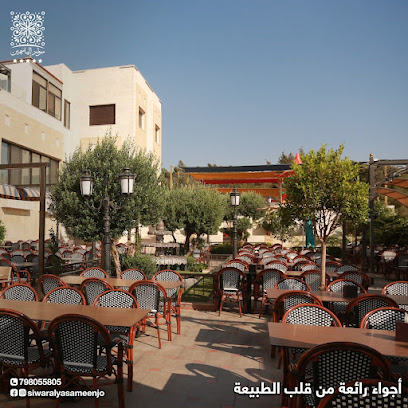
اكواخ عجلون Ajloun Huts
Discover tranquility at Ajloun Huts - where nature meets comfort in the heart of Jordan's stunning landscapes.
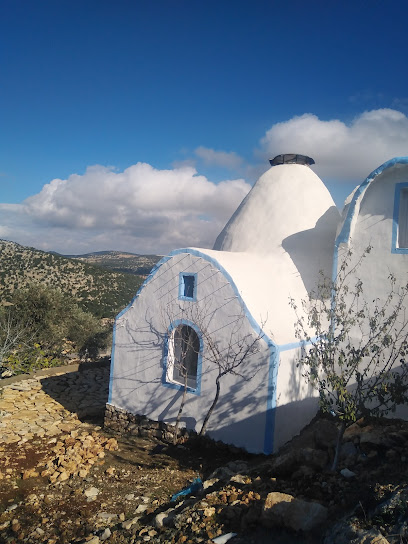
مطعم الاكاديمية الملكية لحماية الطبيعة
Experience authentic Jordanian flavors surrounded by breathtaking nature at Ajloun's Royal Academy for Nature Protection Restaurant.
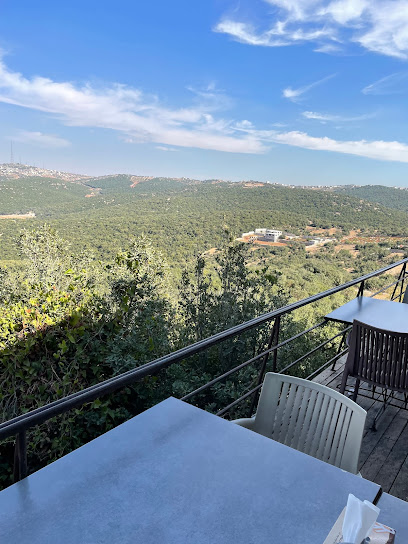
Jar Al Jabal Restaurant - مطعم جار الجبل
Discover authentic Jordanian cuisine with breathtaking views at Jar Al Jabal Restaurant in Ajloun.
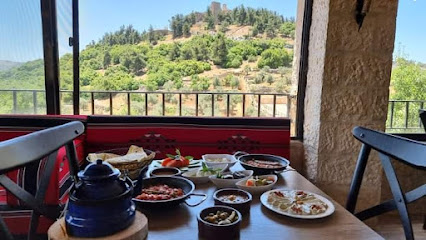
Resturant and cafe' castle view ( مطعم وكافيه اطلالة القلعة )
Experience delightful dining at Restaurant and Café Castle View in Ajloun with stunning views of historic landscapes.
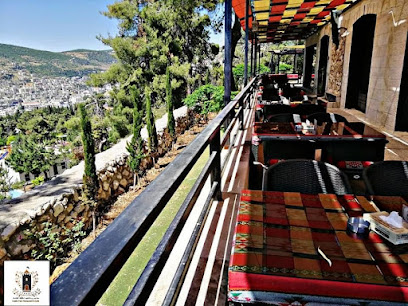
Shawarma Reem
Discover authentic Jordanian flavors at Shawarma Reem in Ajloun – where every bite is a celebration of local culinary heritage.
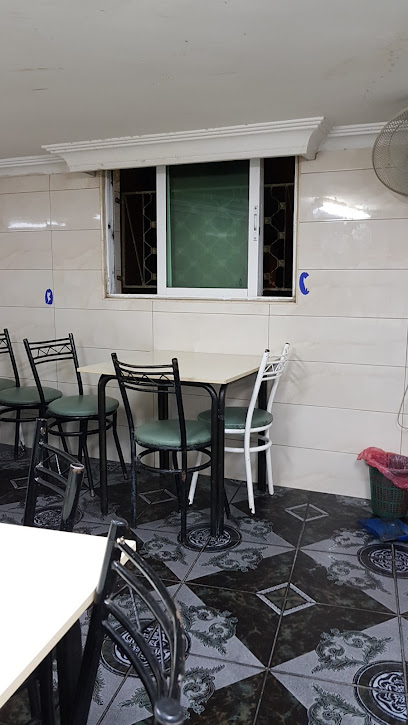
مطعم زهرة عجلون للماكولات اليمنية والخليجية
Experience authentic Yemeni flavors at مطعم زهرة عجلون in Ibbin—where every dish is a celebration of culinary heritage.
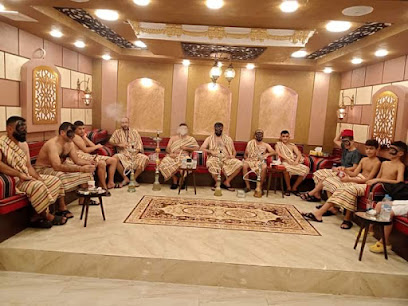
مطعم البلوط
Discover authentic Jordanian flavors amidst nature's beauty at مطعم البلوط in Ajloun.
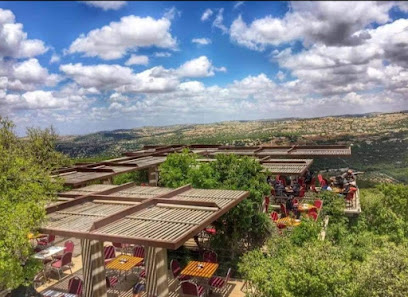
مطعم بانوراما عجلون(Panorama Ajloun Restaurant)
Experience authentic Jordanian flavors amidst breathtaking views at Panorama Ajloun Restaurant – a culinary delight in the heart of nature.
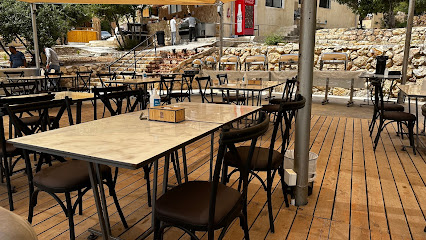
A restaurant and a coffee shop Massa tourism
Experience authentic Jordanian flavors at Massa Tourism Restaurant & Coffee Shop in Ajloun – your destination for delicious meals and cozy ambiance.
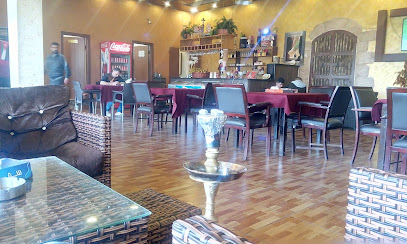
Dar Ne'meh Souf - Jerashدار نعمة سوف جرش
Discover authentic Jordanian cuisine at Dar Ne'meh Souf in picturesque Souf village near Jerash.
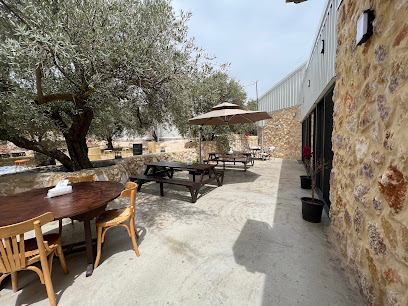
مطعم و كوفي شوب إطلالة عجلون السياحي
Experience exquisite local cuisine with breathtaking views at مطعم و كوفي شوب إطلالة عجلون السياحي near Ajloun Castle.
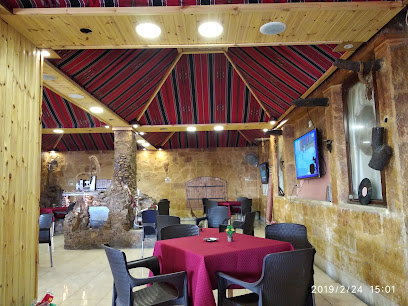
Ashtfina Resturant
Experience authentic Jordanian cuisine at Ashtfina Restaurant in Ajloun – where every meal tells a story.

مطعم و منتجع طواحين عجلون السياحي
Discover the essence of Jordanian cuisine at Tawaheen Ajloun Tourist Resort in the stunning Ajloun Valley.
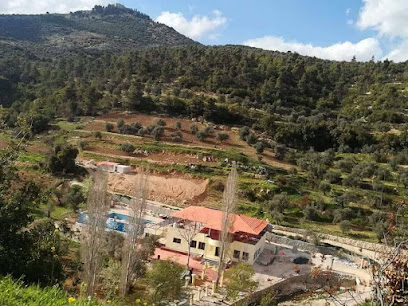
Markets, malls and hidden boutiques
Ajloun Castle
Explore the medieval marvel of Ajloun Castle, a historical gem in Jordan offering stunning views and rich cultural heritage for every traveler.
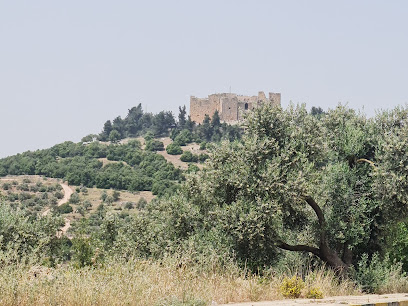
محمية غابات عجلون
Discover the breathtaking landscapes and rich biodiversity of Ajloun Forest Reserve, Jordan's natural paradise for outdoor enthusiasts.
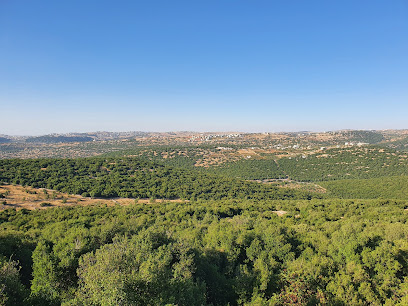
اكواخ عجلون Ajloun Huts
Discover the tranquility and beauty of Ajloun Huts, a perfect retreat for nature lovers and relaxation seekers in Jordan.
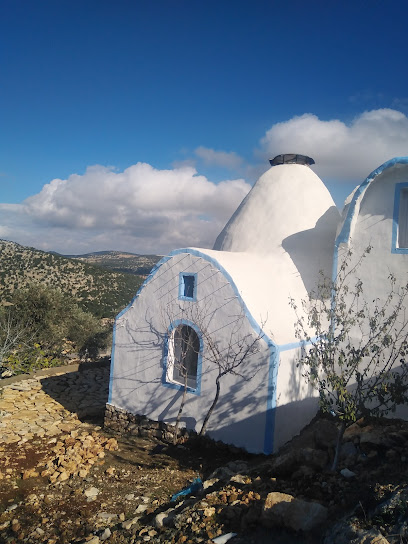
عجلون
Discover Ajloun, a captivating Jordanian destination rich in history, nature, and local culture, perfect for the adventurous tourist.
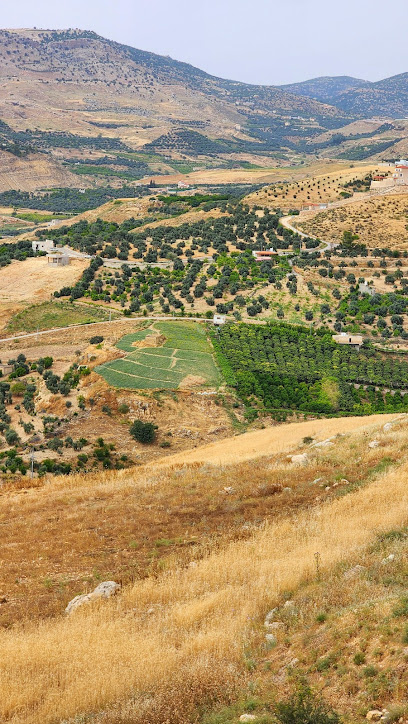
Dibbeen Forest Reserve
Experience the breathtaking beauty of nature at Dibbeen Forest Reserve, a serene escape in the heart of Jordan's lush landscapes.
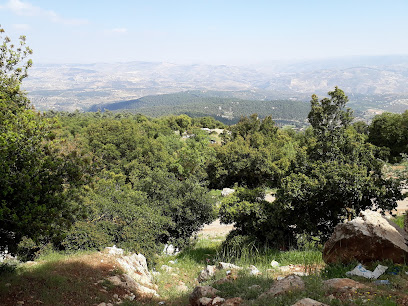
اكواخ عجلون الريفية Ajloun Rural Cottages
Discover the tranquility of Ajloun Rural Cottages, where nature meets comfort in the heart of Jordan's picturesque landscapes.
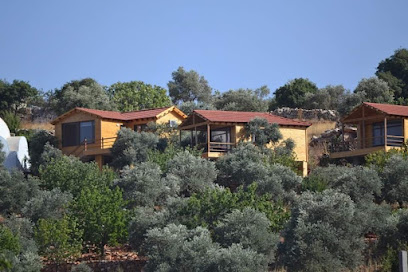
Ajloun Forest Reserve Visitor Center
Discover the picturesque beauty and rich biodiversity of Ajloun Forest Reserve, an ecological paradise in the heart of Jordan.
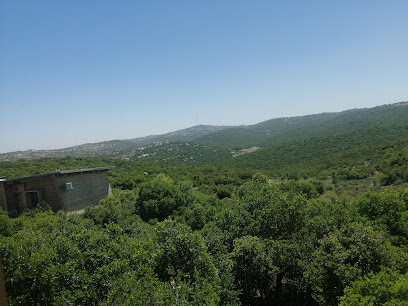
محمية عجلون
Explore the Ajloun Nature Reserve, a serene haven of lush forests and rich wildlife in the heart of Jordan's natural beauty.
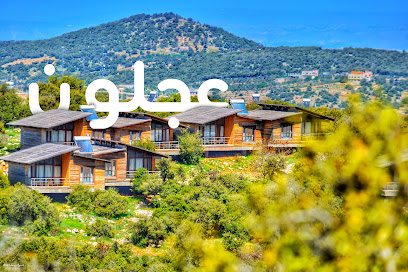
Ajloun cabins
Discover serenity and adventure at Ajloun Cabins, a resort hotel surrounded by nature's beauty in the heart of Jordan.

Ajloun Forest Reserve Restaurant
Discover the harmony of nature and cuisine at Ajloun Forest Reserve Restaurant, where local flavors meet stunning landscapes.

The Biscuit House
Experience the authentic flavors of Ajloun at The Biscuit House, where artisanal biscuits and local delicacies await every visitor.
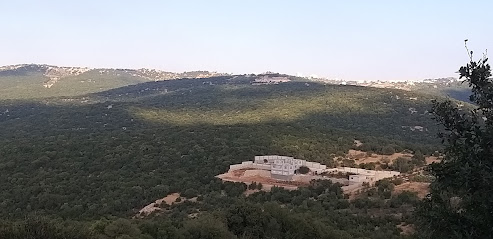
Gilead Market
Explore Gilead Market in Ajloun for unique handmade souvenirs and a cozy coffee experience, reflecting the heart of Jordanian culture.
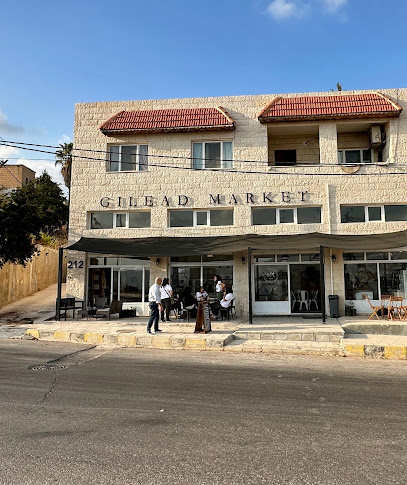
Ajloun Mhna guest house
Experience authentic Jordanian hospitality at Ajloun Mhna Guest House, where stunning nature meets rich cultural heritage.
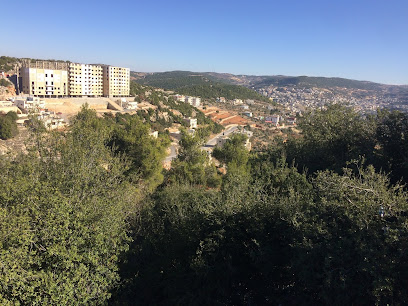
The Soap House | بيت الصابون
Discover the essence of sustainability at The Soap House in Ajloun, where traditional soap-making meets eco-friendly practices.
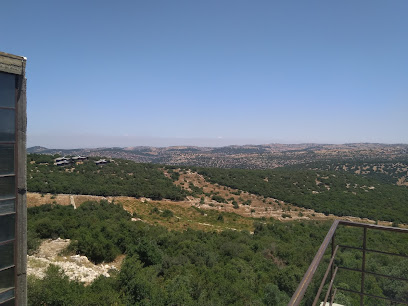
Ajloun Forest Reserve Zipline العبّارة الهوائية في غابات عجلون
Discover the thrill of ziplining through the breathtaking landscapes of Ajloun Forest Reserve, a must-visit adventure for nature lovers and thrill-seekers.
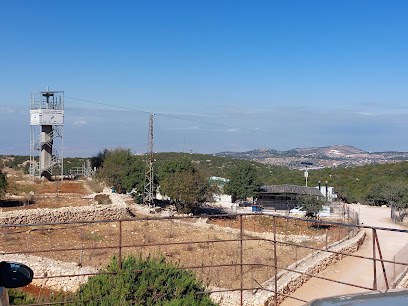
Essential bars & hidden hideouts
محمية غابات عجلون
Discover the natural beauty and historical charm of Ajloun Nature Reserve, a premier national park in Jordan offering breathtaking landscapes and diverse wildlife.
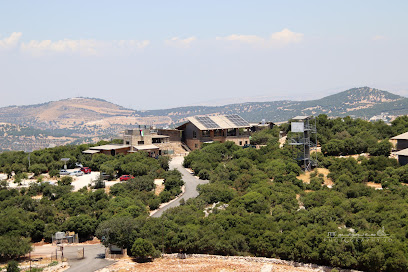
اكواخ عجلون Ajloun Huts
Experience nature and luxury at Ajloun Huts, where relaxation meets adventure in the heart of Jordan's stunning landscapes.
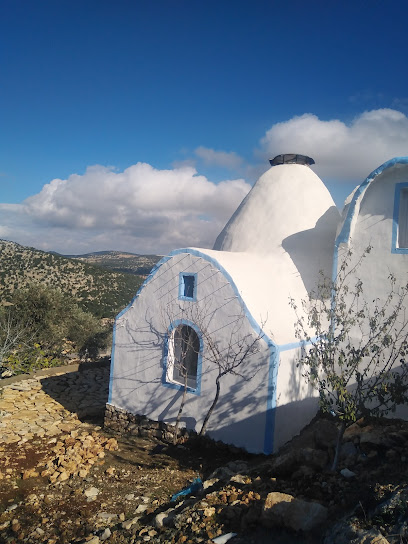
مطعم الاكاديمية الملكية لحماية الطبيعة
Experience authentic Jordanian cuisine amidst breathtaking views at the Royal Academy of Nature Protection Restaurant in Ajloun.
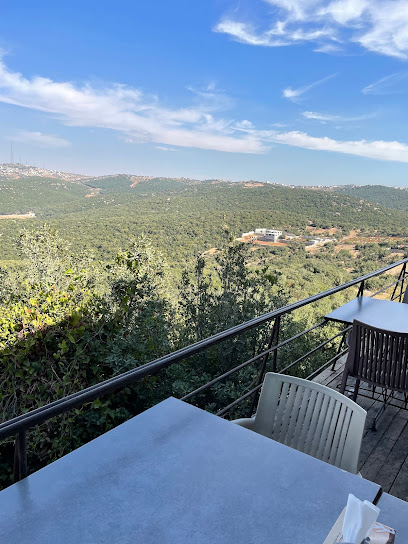
Jar Al Jabal Restaurant - مطعم جار الجبل
Experience the best of Jordanian cuisine with stunning views at Jar Al Jabal Restaurant in Ajloun, where every meal is a delightful journey.
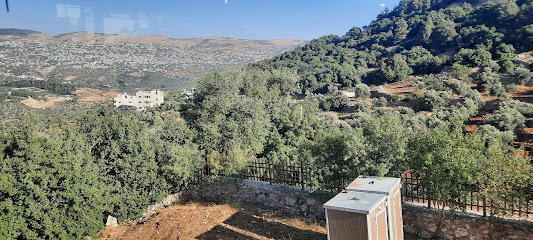
Resturant and cafe' castle view ( مطعم وكافيه اطلالة القلعة )
Experience culinary delights amidst breathtaking views of Ajloun's historic castle at Restaurant and Café Castle View.
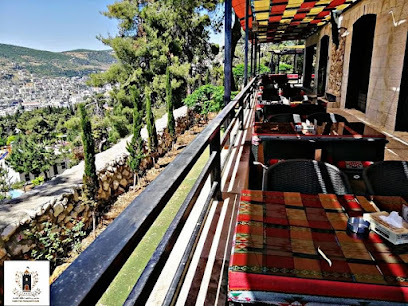
Ajloun Forest Reserve Visitor Center
Discover the breathtaking beauty of Ajloun Forest Reserve Visitor Center, where nature and adventure intertwine in Jordan's stunning landscapes.
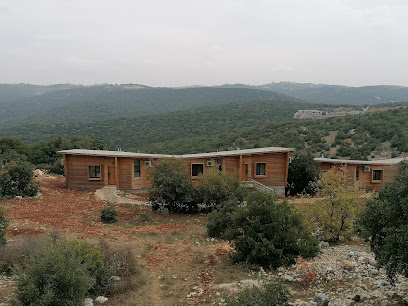
Ajloun Rural Tourist Huts and Restaurant اكواخ ومطعم عجلون الريفية السياحية
Discover the serene beauty of Ajloun at the Rural Tourist Huts and Restaurant, where nature meets comfort and tradition.
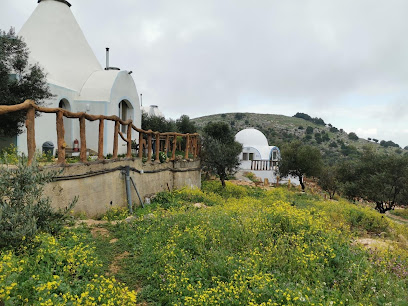
Ajloun cabins
Experience tranquility and adventure at Ajloun Cabins, a serene resort hotel nestled in the beautiful hills of Ajloun, Jordan.

مطعم البلوط
Discover the flavors of Jordan amidst the enchanting forests at مطعم البلوط, a perfect retreat for nature and food lovers alike.
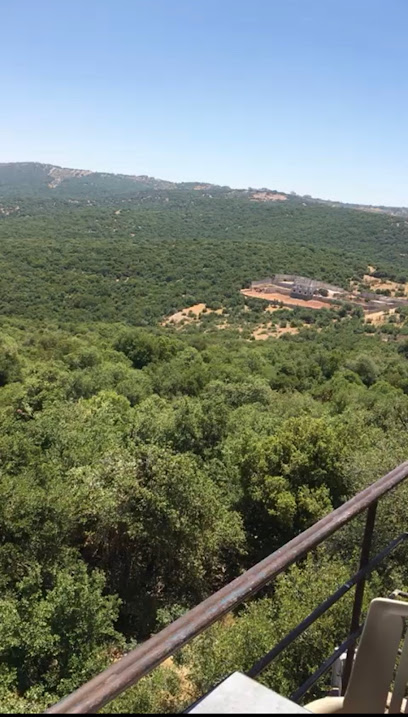
مطعم بانوراما عجلون(Panorama Ajloun Restaurant)
Discover the essence of Jordanian cuisine at Panorama Ajloun Restaurant, where breathtaking views meet exceptional flavors.
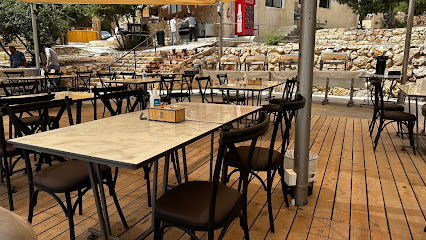
A restaurant and a coffee shop Massa tourism
Massa Tourism Restaurant & Coffee Shop in Ajloun: A delightful blend of local flavors and cozy ambiance for an unforgettable dining experience.
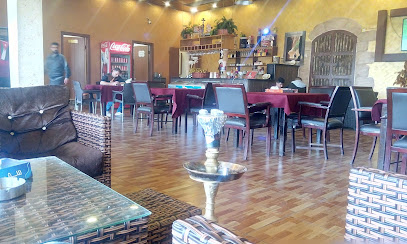
مطعم و كوفي شوب إطلالة عجلون السياحي
Discover culinary treasures at مطعم و كوفي شوب إطلالة عجلون السياحي, where local flavors meet breathtaking views near Ajloun Castle.
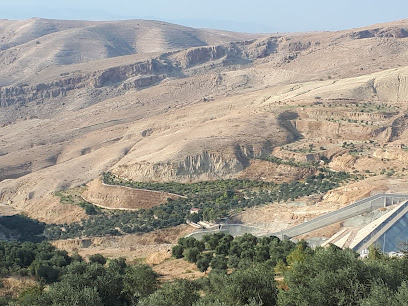
Ashtfina Resturant
Discover authentic Jordanian flavors at Ashtfina Restaurant in Ajloun, where culinary tradition meets breathtaking scenery.

مطعم و منتجع طواحين عجلون السياحي
Experience the flavors of Jordan at Tawaheen Ajloun Tourist Resort, where culinary delights meet breathtaking natural beauty.
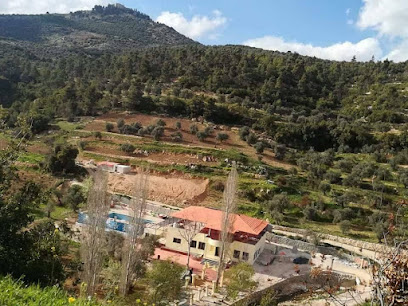
Ajloun Forest Reserve Restaurant
Experience the flavors of Jordan amidst the natural beauty of Ajloun Forest Reserve at this charming restaurant.
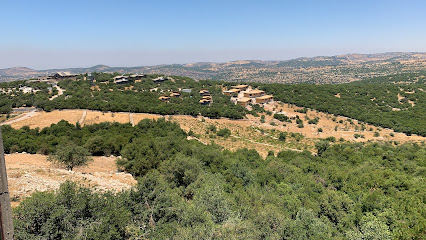
Local Phrases about Ajloun Forest Reserve
-
- HelloMarhaba
[Mar-ha-ba] - GoodbyeMa'a salama
[Ma-a sa-la-ma] - YesNa'am
[Na-am] - NoLa
[La] - Please/You're welcomeMin fadlik
[Min fad-lik] - Thank youShukran
[Shuk-ran] - Excuse me/SorryAasif
[Aa-sif] - How are you?Kif halak?
[Kif ha-lak] - Fine. And you?Tamam. Wa ant?
[Ta-mam. Wa ant] - Do you speak English?Betetkalam Inglizi?
[Be-tet-ka-lam Ing-li-zi] - I don't understandMa fahimt
[Ma fa-himt]
- HelloMarhaba
-
- I'd like to see the menu, pleaseBiddi ashuf il qeemat, min fadlik
[Bid-di a-shuf il qe-mat, min fad-lik] - I don't eat meatAna mish biakul lahme
[A-na mish bi-a-kul lah-me] - Cheers!Sahtain!
[Sa-htain] - I would like to pay, pleaseBiddi adfa', min fadlik
[Bid-di ad-fa, min fad-lik]
- I'd like to see the menu, pleaseBiddi ashuf il qeemat, min fadlik
-
- Help!Musaa'ada!
[Mu-sa-a-da] - Go away!Irja'
[Ir-ja] - Call the Police!Itisal bil shurta!
[Iti-sal bil shur-ta] - Call a doctor!Itisal bil tabeeb!
[Iti-sal bil ta-beeb] - I'm lostGha'ibt
[Gha-ibt] - I'm illAna mareed
[A-na ma-reed]
- Help!Musaa'ada!
-
- I'd like to buy...Biddi ashtri...
[Bid-di ash-tri] - I'm just lookingAna bakhidh buss
[A-na ba-khidh buss] - How much is it?Kam hadha?
[Kam ha-dha] - That's too expensiveHadha ghali kteer
[Ha-dha gha-li kteer] - Can you lower the price?Momken tikhaffaf il siir?
[Mom-ken ti-kha-ffa-fil siir]
- I'd like to buy...Biddi ashtri...
-
- What time is it?Kam is sa'a?
[Kam is sa-a] - It's one o'clockHua wahed
[Hua wa-hed] - Half past (10)Nus il ashra
[Nus il ash-ra] - MorningSabaah
[Sa-baah] - AfternoonDuhur
[Du-hur] - EveningMasaa
[Ma-saa] - YesterdayAms
[Ams] - TodayAl yawm
[Al yawm] - TomorrowGhadan
[Gha-dan] - 1Waahid
[Wa-a-hid] - 2Ithnaan
[Ith-naan] - 3Thalaatha
[Tha-laa-tha] - 4Arba'a
[Ar-ba-a] - 5Khamsa
[Kham-sa] - 6Sitta
[Sit-ta] - 7Saba'a
[Sa-ba-a] - 8Thamania
[Tha-ma-ni-a] - 9Tis'a
[Tis-a] - 10Ashra
[Ash-ra]
- What time is it?Kam is sa'a?
-
- Where's a/the...?Wayn il...
[Wayn il] - What's the address?Shu il adresse?
[Shu il adres-se] - Can you show me (on the map)?Momken tureeni? (ala al khareeta)
[Mom-ken tu-ree-ni (ala al kha-ree-ta)] - When's the next (bus)?Emta il bas il taale?
[Em-ta il bas il ta-le] - A ticket (to ....)Talab?
[Ta-lab]
- Where's a/the...?Wayn il...
History of Ajloun Forest Reserve
-
Ajloun Forest Reserve, located in the north of Jordan, covers an area of 13 square kilometers. It is renowned for its rich biodiversity, dense oak woodlands, and scenic landscapes. The reserve was established in 1988 and plays a crucial role in the conservation of Jordan's natural heritage.
-
Ajloun Castle, also known as Qal'at Ar-Rabad, was built in 1184 by Izz al-Din Usama, a general of Saladin. The castle was strategically constructed to protect the region from Crusader invasions and to control the iron mines of Ajloun. It stands as a testament to the military architecture of the Ayyubid period.
-
During the Ottoman era, Ajloun became an important administrative center. The Ottomans introduced agricultural techniques and infrastructure improvements, including the construction of roads and aqueducts. The forested areas were vital for timber and other natural resources.
-
Ajloun Forest Reserve is home to a diverse range of flora and fauna. The reserve's oak, pine, carob, and pistachio trees provide habitats for species such as the Persian squirrel, crested porcupine, and various bird species. Efforts by the Royal Society for the Conservation of Nature (RSCN) have been instrumental in protecting and preserving the ecological integrity of the region.
-
The local communities around Ajloun Forest Reserve have a deep connection to the land, with traditions and practices that have been passed down through generations. Agriculture, particularly olive and fig farming, plays a significant role in the local economy. Handicrafts and traditional weaving are also important cultural expressions in the area.
-
Ajloun Forest Reserve has become a popular destination for eco-tourism. Visitors can enjoy hiking trails, guided tours, and the Ajloun Cabins, which offer a unique eco-friendly accommodation experience. The reserve's initiatives promote sustainable tourism while educating visitors about the importance of conservation.
Ajloun Forest Reserve Essentials
-
Ajloun Forest Reserve is located in the Ajloun Governorate in northern Jordan. The nearest major city is Amman, approximately 70 kilometers away. From Amman, you can take a taxi or a rental car to Ajloun, which typically takes about 1.5 to 2 hours. Public buses also operate between Amman and Ajloun, but they may be less convenient due to infrequent schedules.
-
Within Ajloun, local taxis are readily available and can be used to reach the forest reserve and other nearby attractions. Renting a car is a convenient option for those who want to explore the area at their own pace. Public buses and minibuses (known locally as 'servees') connect Ajloun with surrounding towns and villages, but they can be crowded and may not adhere to strict schedules.
-
The official currency in Jordan is the Jordanian Dinar (JOD). Credit and debit cards are widely accepted in major hotels, restaurants, and shops, but it is advisable to carry cash for smaller establishments and rural areas. ATMs are available in Ajloun, but it is recommended to withdraw sufficient cash in Amman before traveling to ensure you have enough funds.
-
Ajloun Forest Reserve and the surrounding areas are generally safe for tourists. However, it is always advisable to take standard precautions. Avoid walking alone at night in unfamiliar areas and keep an eye on your belongings in crowded places. There are no specific high-crime areas targeting tourists, but staying vigilant and aware of your surroundings is always a good practice.
-
In case of emergency, dial 911 for immediate assistance. Ajloun has local police stations and medical facilities available. It is highly recommended to have travel insurance that covers medical emergencies. For minor health issues, pharmacies can be found in Ajloun town where you can purchase over-the-counter medications.
-
Fashion: Do dress modestly, especially when visiting religious sites. Avoid wearing revealing clothing. Religion: Do respect local customs and traditions. Always cover your head when entering mosques. Public Transport: Do be respectful and give up your seat to elderly passengers. Don't eat or drink on public transport. Greetings: Do greet people with a handshake. A slight nod of the head is also a sign of respect. Eating & Drinking: Do try local delicacies and accept food offerings graciously. Don't refuse hospitality, as it is considered impolite.
-
To experience Ajloun Forest Reserve like a local, visit the local markets where you can buy fresh produce and traditional Jordanian goods. Engage with the locals; they are often friendly and willing to share stories about the area's history and culture. Don’t miss visiting Ajloun Castle, which offers panoramic views of the surrounding landscape. For a unique experience, take a guided nature walk through the reserve to learn about the local flora and fauna.
Trending Landmarks in Ajloun Forest Reserve
-
Petra
-
Amman Citadel
-
Wadi Rum Protected Area
-
Ajloun Castle
-
محمية غابات عجلون
-
Yarmouk Nature Reserve
-
Wadi Mujib
-
Azraq Wetlands Reserve
-
AlMa'wa for Nature and Wildlife
-
اكواخ عجلون Ajloun Huts
-
مطعم الاكاديمية الملكية لحماية الطبيعة
-
Temple of Artemis
-
Dibbeen Forest Reserve
-
King Talal Dam
-
اكواخ عجلون الريفية Ajloun Rural Cottages
Nearby Cities to Ajloun Forest Reserve
-
Things To Do in Irbid
-
Things To Do in Beit She'an
-
Things To Do in Umm Qais
-
Things To Do in Salt
-
Things To Do in Mafraq
-
Things To Do in Amman
-
Things To Do in Tiberias
-
Things To Do in Nazareth
-
Things To Do in Safed
-
Things To Do in Madaba
-
Things To Do in Zikhron Ya'akov
-
Things To Do in Hadera
-
Things To Do in Caesarea
-
Things To Do in Kfar Saba
-
Things To Do in Jerusalem

